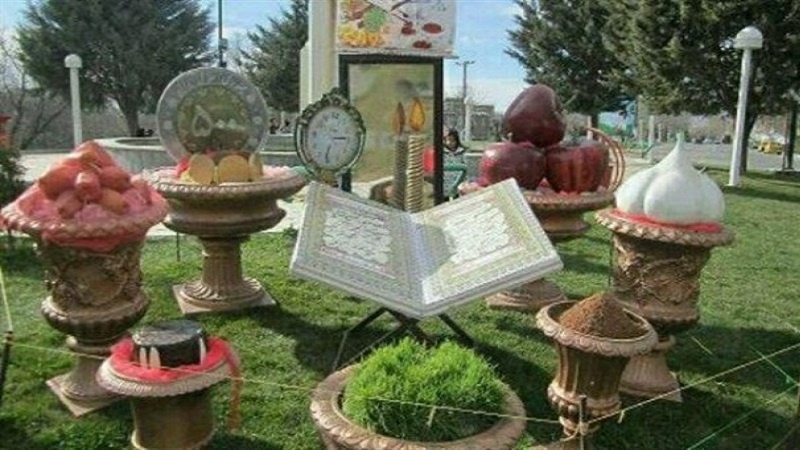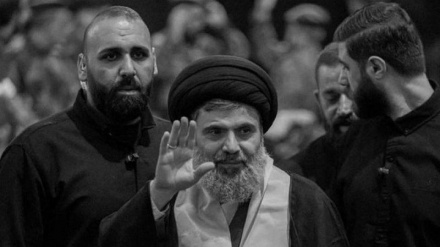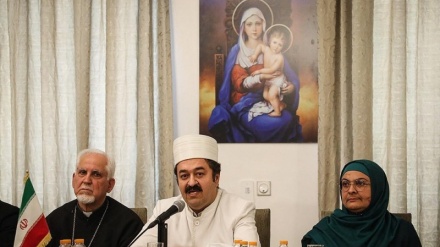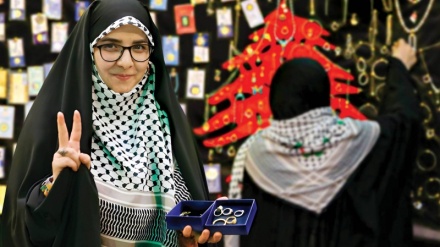Nowruz in Travelogues (1)
Nowruz feast has always attracted the attention of writers and men of letter. This great event has caused them to take notes and write accounts on the customs of the Iranian people during Nowruz.
There are many accounts on Nowruz but the ones that have been written by foreigners have a special significance. Some of these people had lived in Iran for a while as the envoys of foreign governments. Therefore, they had been engaged with courtiers and government officials. Naturally, what these envoys have mentioned of the Iranians' customs and ceremonies during Nowruz pertains to their observations and experiences of a specific stratum of the Iranian society, namely, the government officials and courtiers.
Another group included the tourists who had lived among Iranians for the purpose of familiarity with the Iranian culture and customs. Thus, they have mentioned their findings in their travelogues.
Regardless of the writers, travelogues are important as they give information about the habits and customs of a specific people in a specific time. During the Safavid era, tourists and so-called Christian missionaries, most of whom were spies of their governments, came to Iran and wrote travelogues. This trend continued all through the Safavid era till the end of Qajarid dynasty and early years of Reza Khan's rule. Abraham Valentine Williams Jackson, American specialist of Indo-European languages, was also a specialist of Iranian studies. He went to India in 1901 and became familiar with the Parsees of India. In 1903, he left for Iran and wrote his pleasant travel in the book titled, Persia, Past and Present". Abraham V. W. Jackson has written in detail on Nowruz and its origin and customs. He says, "During my stay in Tabriz, there were seen many pastries and dazzling ornaments because Nowruz or the Iranian New Year was near. As my stay in Orumieh had coincided with Nowruz and the Iranians' New Year feast was not over yet, I had a good chance to get better familiar with the social life of the Iranian people. Nowruz as the oldest Iranian feast, unlike our New Year, does not occur in January; but it is concurrent with the Vernal Equinox. According to an Iranian tradition, several thousands of years have passed from the history of this feast and Nowruz was held in the era of Jamshid for the first time. He lived before the Deluge and made the solar calendar popular. Although Iranians have chosen the lunar calendar, they have not forgotten Nowruz feast and customs. Nowruz feast is two weeks and is held with the fervor and liveliness that used to be held one thousand years ago as it is mentioned in One Thousand and One Nights that Nowruz feast is an ancient and important feast all over Iran. This feast is held not only in large cities but in every county, village and house."
The American specialist of Iranian studies, Abraham V.W. Jackson, continues his account of Nowruz feast in Iran, "The customs for the feast include wearing the clothes of the feast, giving presents to each other, congratulating one another, being happy and cleaning everywhere. The things that are in "vogue" haven't been able to make Nowruz exchange of visits as démodé and people have tried to hold it. The host welcomes the guests with big trays filled with pastries and candies; and friends send such bounties to each other since, according to a tradition, the one who eats candy before speaking in the morning of Nowruz and rubs himself with oil will be immune from calamities in most days of the year."
Nobuyoshi Furukawa was one of the 7-member delegation who had come to Iran from Japan in 1880 for expansion of commercial ties.
Furukawa wrote a travelogue during his 110- day stay in Iran. This Japanese man has spoken of political, social, cultural, economic, agricultural, literary and artistic aspects of Iranians. What makes his travelogue important is that he was well aware of the Iranian society and history. One thing that had attracted Nobuyoshi Furukawa was the Iranian calendar and the start of the New Year which coincides with the beginning of spring. He says, "There are two kinds of calendar in Iran: Iranian and Islamic. The Iranian calendar is called 'Jalali' which is the yearbook and is attributed to an ancient king. This calendar is common in the royal court and is the solar calendar. But the order and divisions of this calendar are different from the Gregorian one that we have adopted in Japan. Its first day and the Iranian Nowruz starts on March 21 and a year is divided in four seasons of spring, summer, autumn and winter; and the months are called: Farvardin, Ordibehesht, Khordad, Tir, Mordad, Shahrivar, Mehr, Aban, Azar, Dey, Bahman and Esfand."
RM/ME



